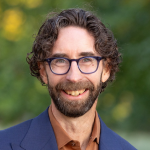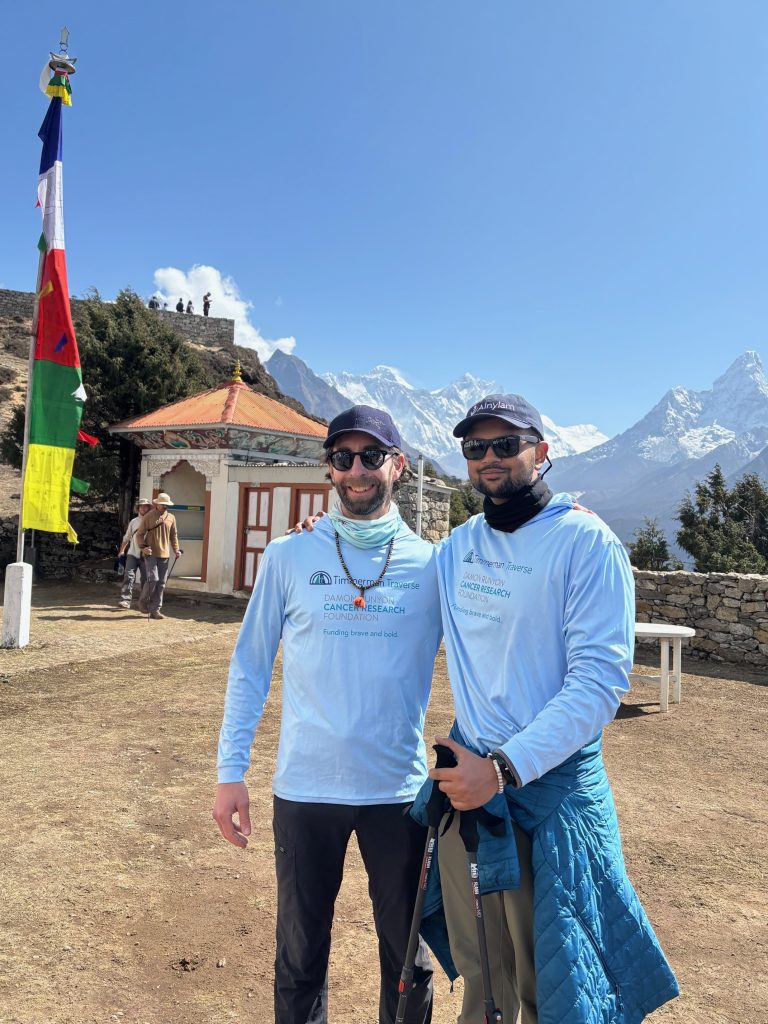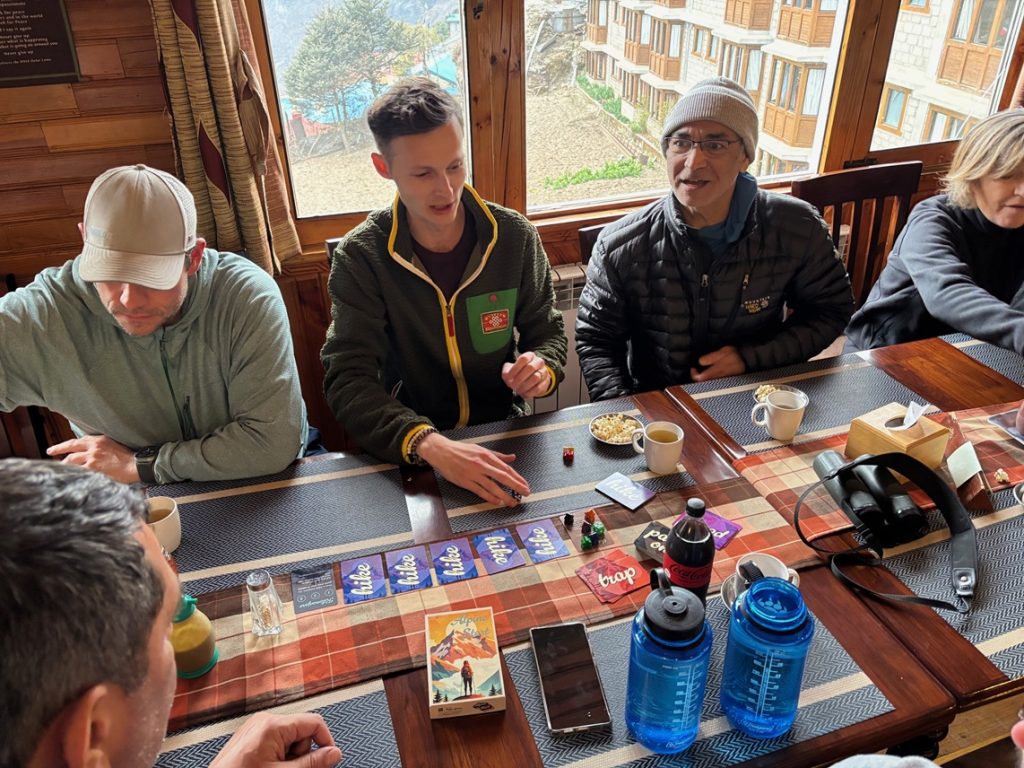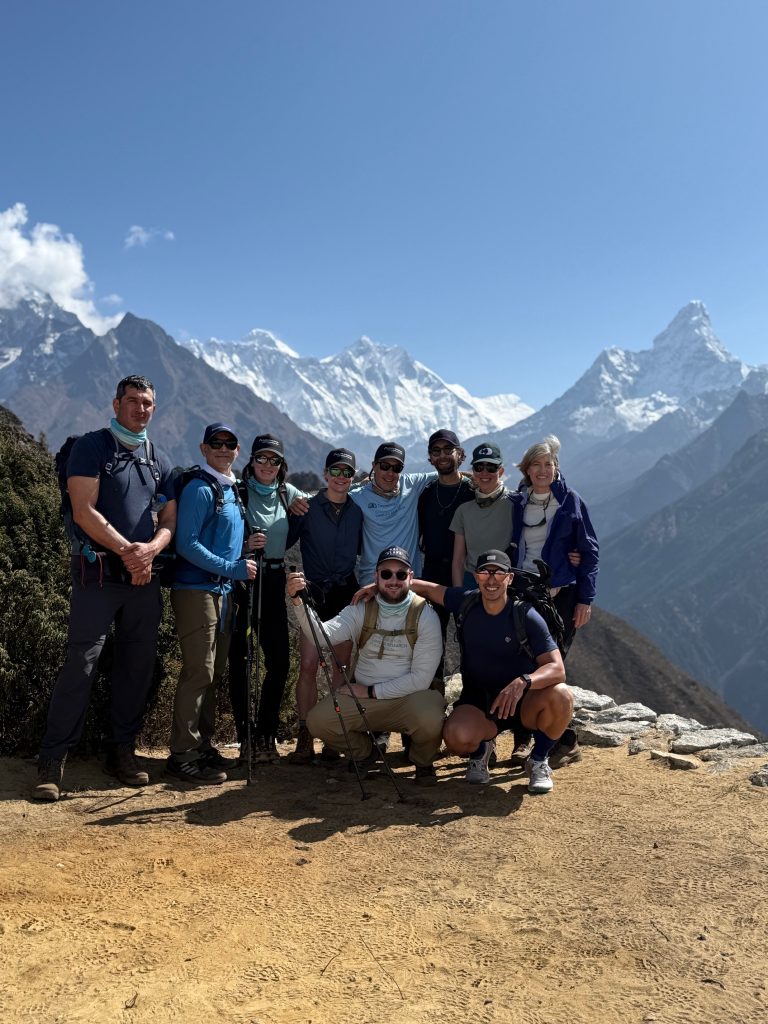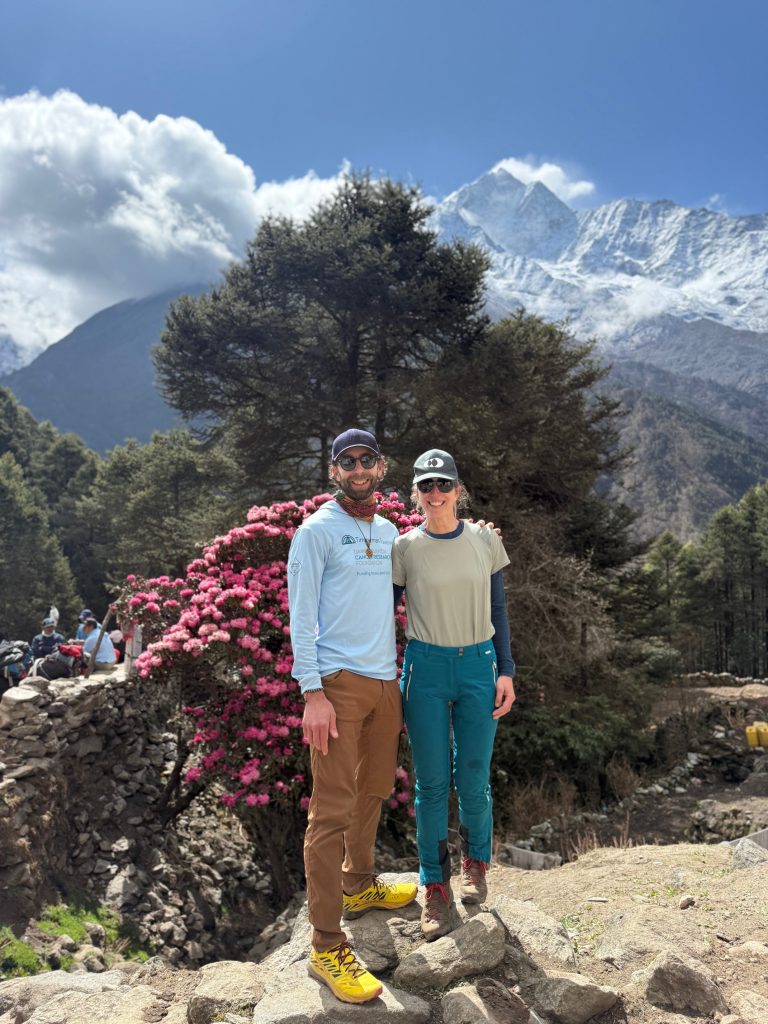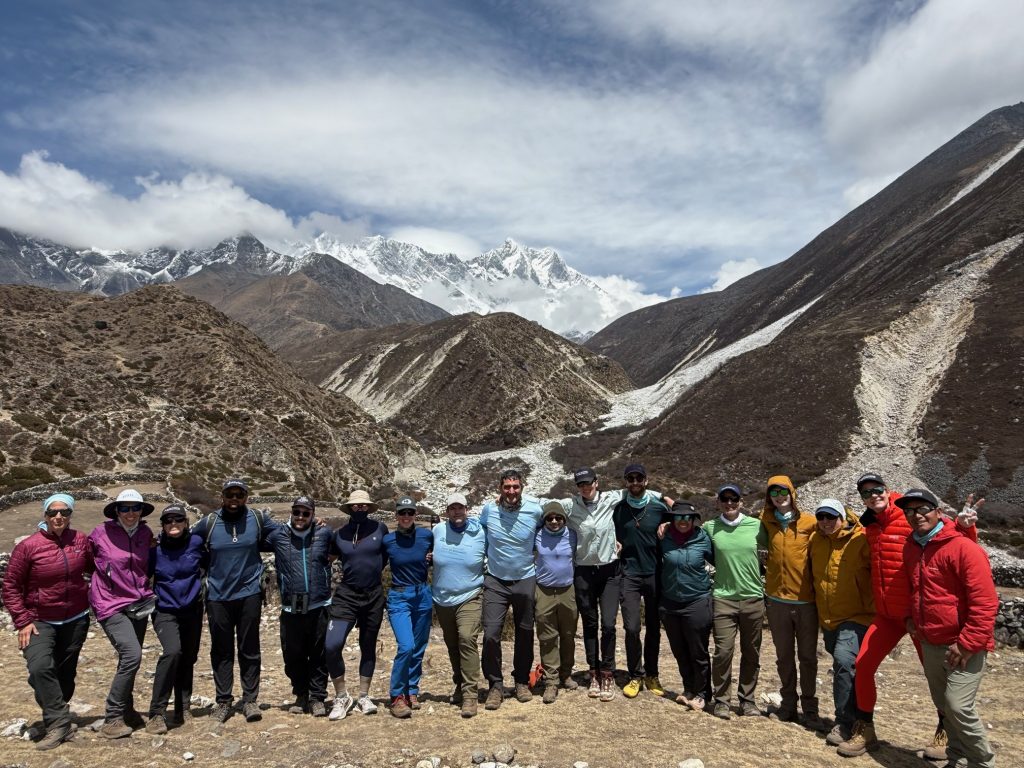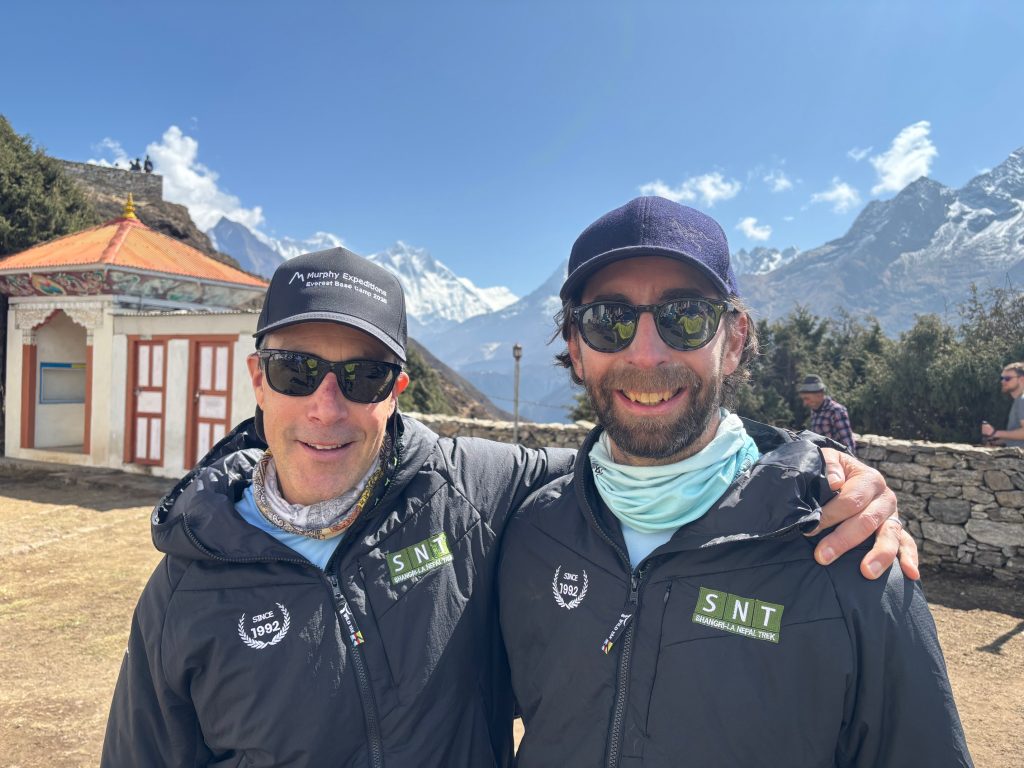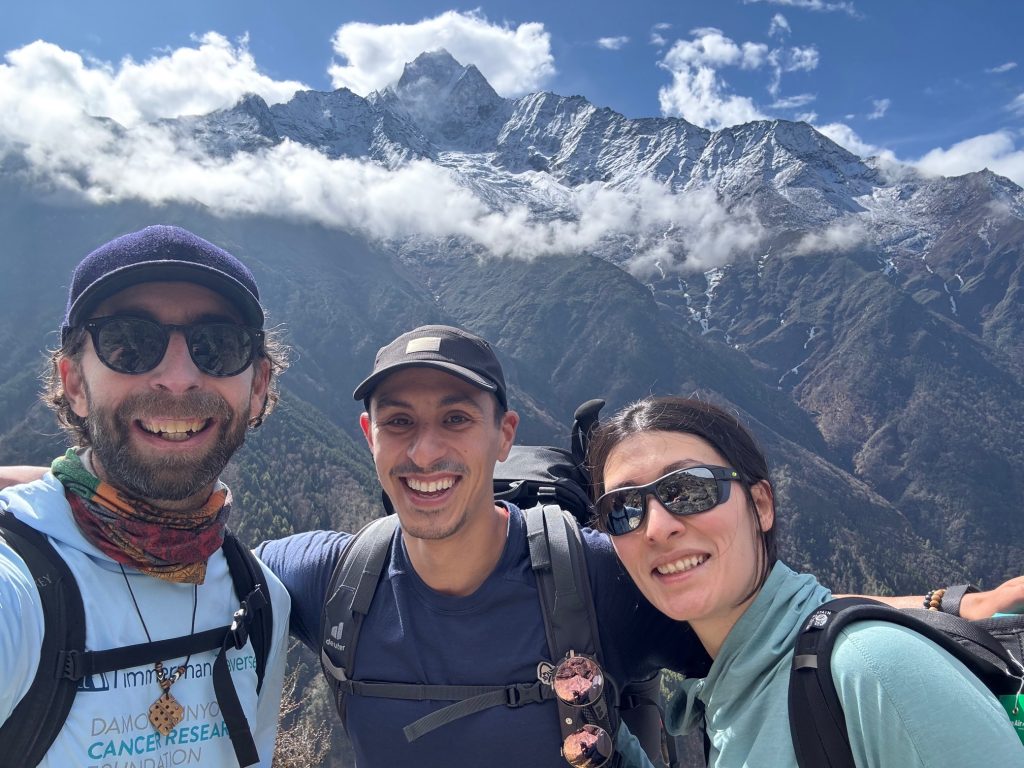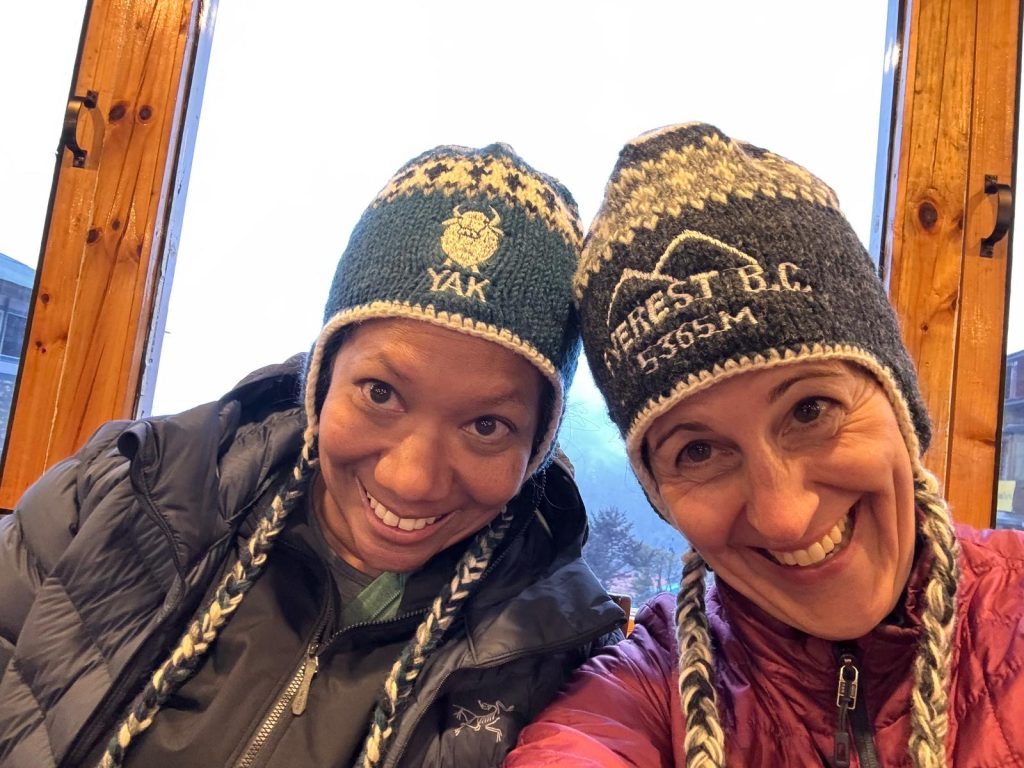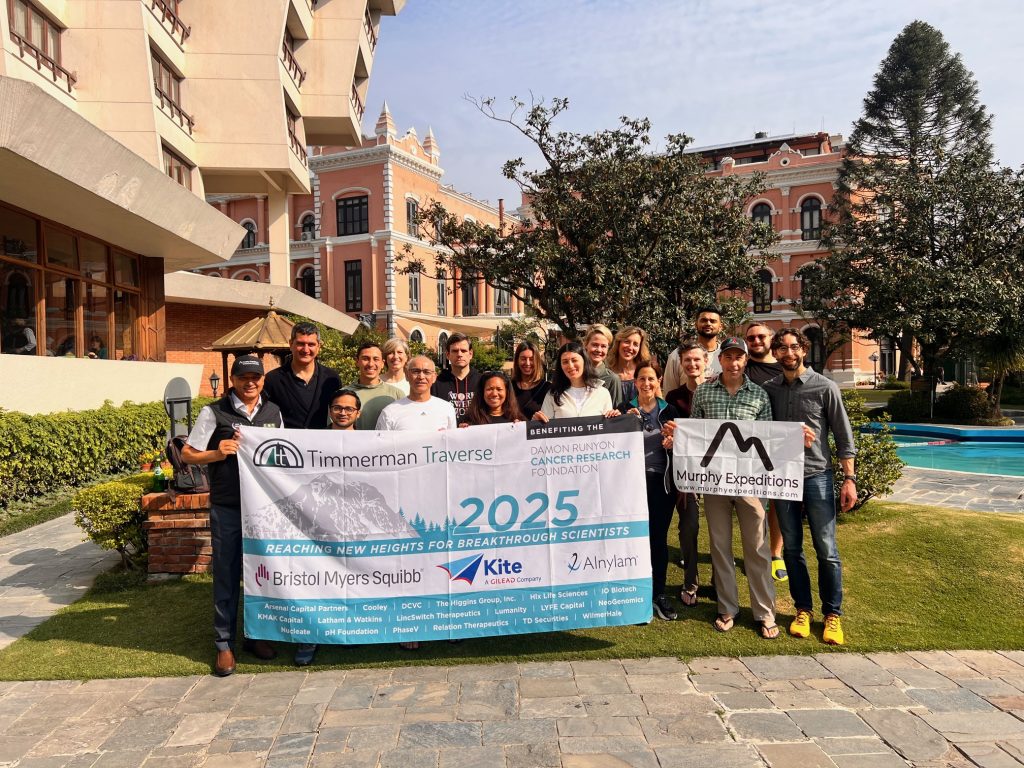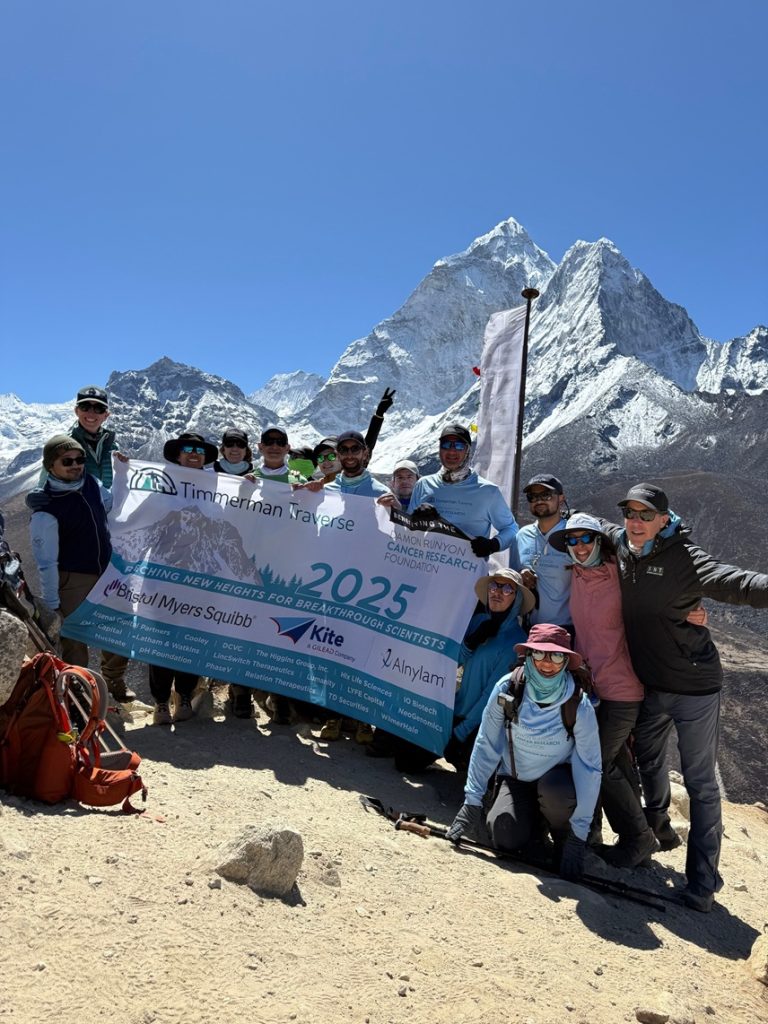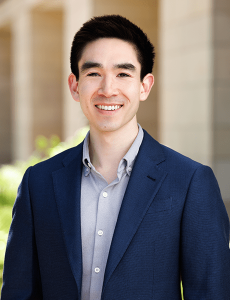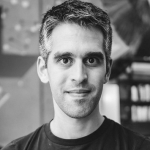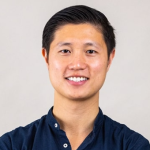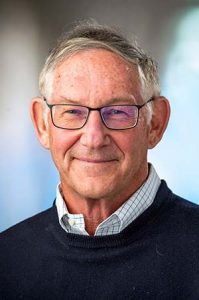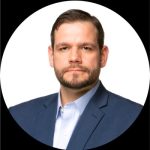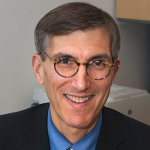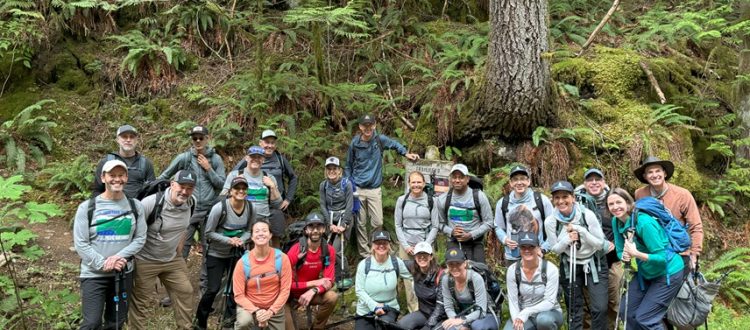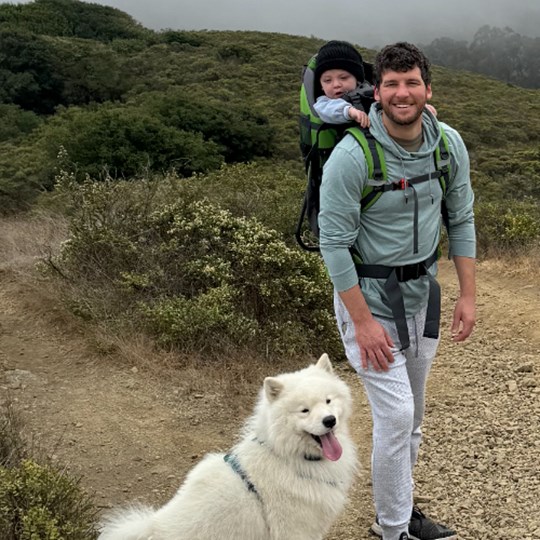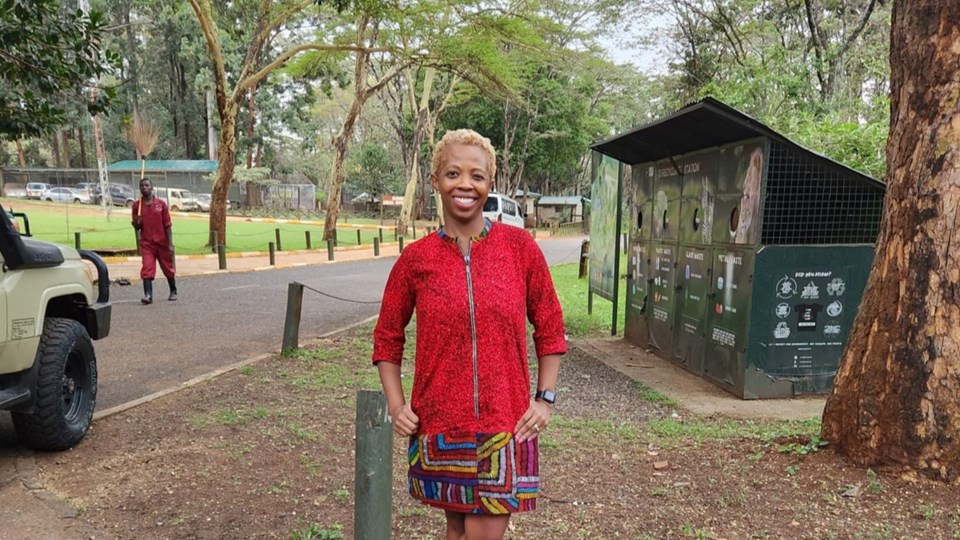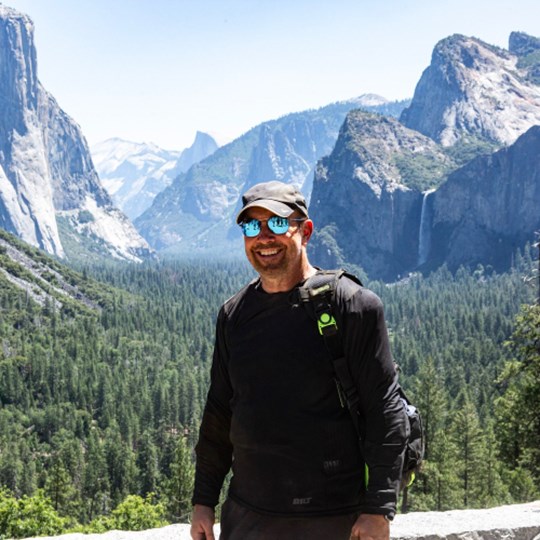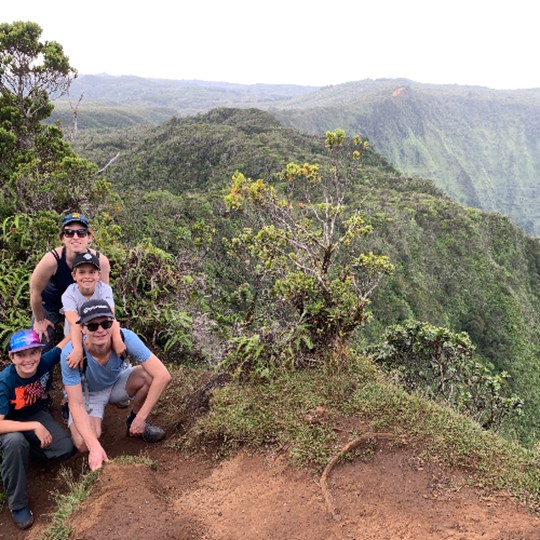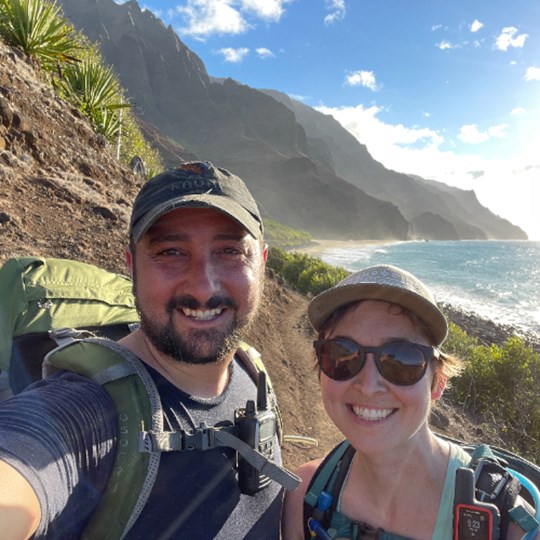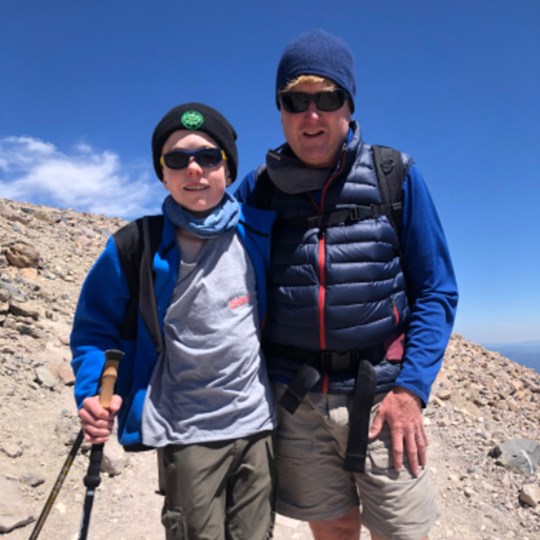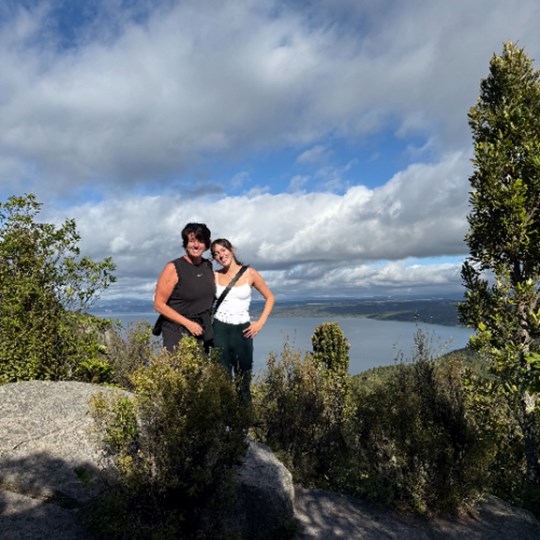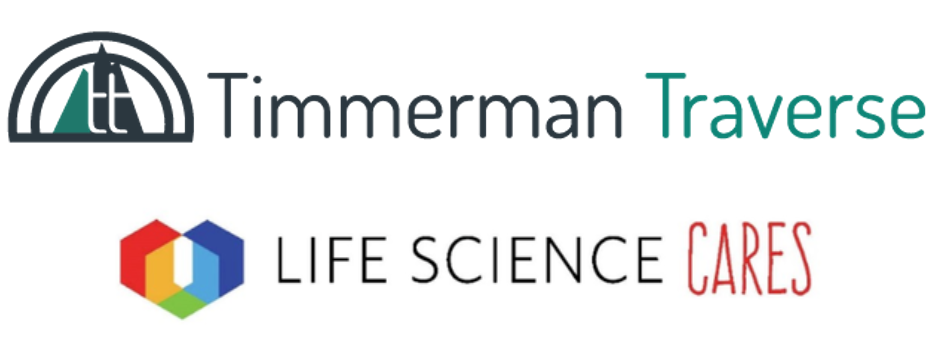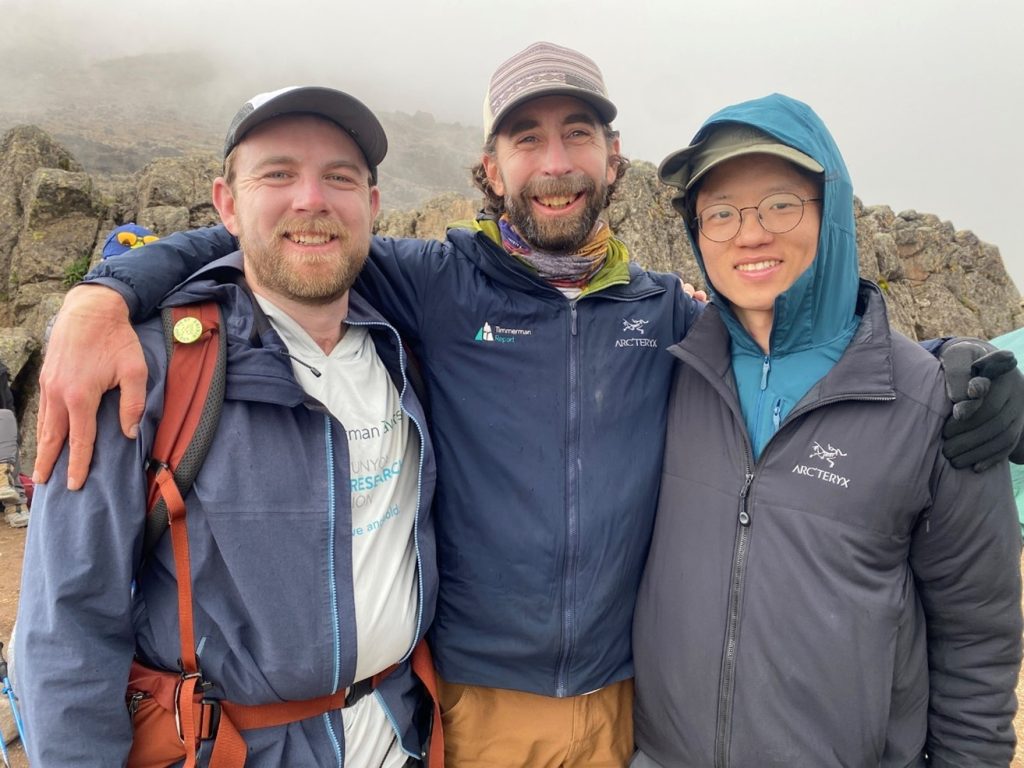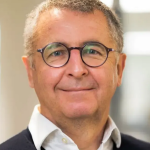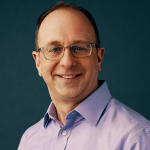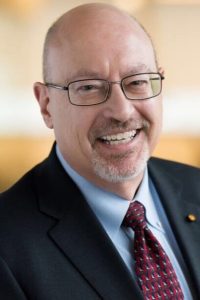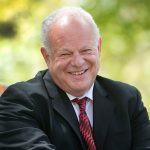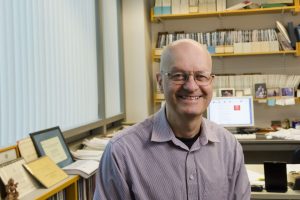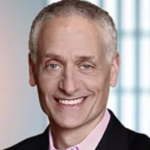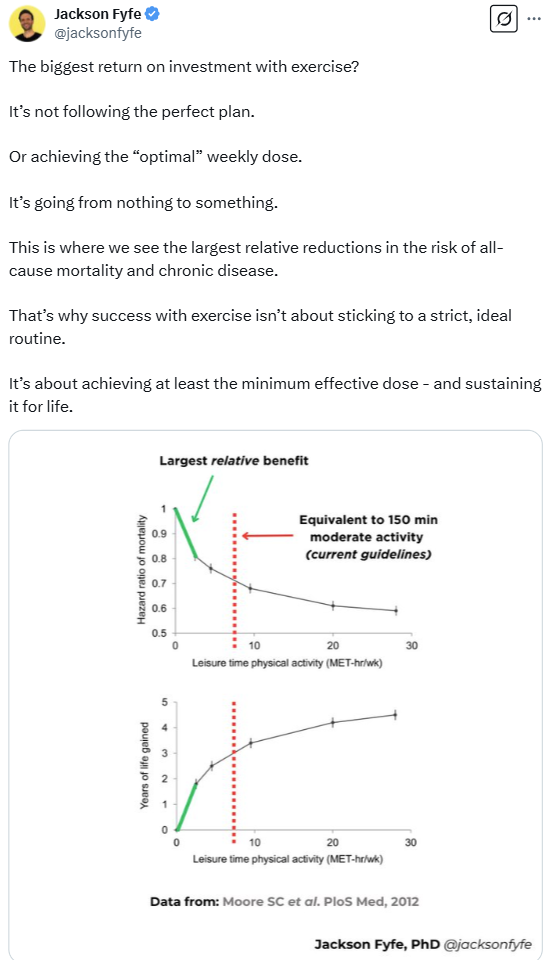Get In-depth Biotech Coverage with Timmerman Report.
4
May
2025
Tech-Enabled Power To The People: Ingratiating Chatbots and a Virtuous Food App

David Shaywitz
For at least a decade, nearly every tech company has promoted their product as facilitating the “democratization” of something – perhaps “data driven medicine,” or “genetic information” or “access to clinical trials” or “digital health” (all real examples).
Like “mission-driven,” “results-oriented,” and “disruptive,” the term “democratization” has become so overused by the tech community that it’s now more of an obligatory buzzword than a meaningful, resonant concept.
However, just when we may have been inclined to tune out, two prominent recent examples remind us of the extraordinary power of technology to empower individuals and drive bottom-up change – hopefully (but not inevitably) for the better.
Example 1: AI Chatbots as Tech Support, Medical Advisors, Companions — and Lovers (?)
While experts fretted about the accuracy of the medical information that might be proffered by genAI chatbots like ChatGPT, patients (as journalist and author Carey Goldberg presciently observed) had another thought: “Just give me access!”
As Goldberg wrote in The AI Revolution: ChatGPT-4 and Beyond, anticipating the initial release of an advanced ChatGPT model,
health-related web searches are second only to porn searches, by some counts. Surveys find roughly three-quarters of American adults look for health information online. It’s not hard to predict a massive migration from WebMD and old-style search to new large language models that let patients have a back-and forth for as long as they want with an AI that can analyze personal medical information and seems almost medically omniscient.
This was a savvy observation, applying not only to medicine but also to many other domains, where chatbots like ChatGPT are increasingly an essential source of critical information.
For instance, when I was struggling recently with a connectivity issue involving my exercise bike, the company’s tech support was less than helpful, and painfully slow. Yet ChatGPT provided immediate, insightful suggestions and ultimately an effective solution.
Similarly, when Dr. Benjamin Davis encountered difficulty with a kitchen appliance (an ice machine), he described the problem to ChatGPT. According to Davis, the chatbot “told me what to buy (some sort of thingy). How to fix. Boom I’m a refrigerator tech and we have ice.”
The rapid adoption of tech that’s both useful and ubiquitous, like AI, echoes our recent experience with the phone camera. When it was initially introduced, experts ridiculed the the camera’s (admittedly poor) quality, and confidently predicted it would never replace traditional photography. Yet, the extraordinary convenience of the techology, and its rapidly improving quality over time, resulted in the wholescale disruption of the photography industry, and turned everyone with a mobile phone (which is to say, essentially everyone) into a photographer and potential journalist.
One question, of course, is how this will change the practice of medicine; many doctors were irritated when patients started showing with information from “Dr. Google.” Now, patients can arrive with a far greater level of knowledge and specificity about what’s ailing them. Sure, this may be off base (especially if user prompts have led the AI down a rabbit hole infused with misinformation), but chances are that it’s reasonably well informed, in some cases (many cases?) perhaps even more informed that the treating physician.
Traditionally, the expertise and authority of physicians was based on their exceptional knowledge (as well as, of course, deep experience, and hopefully interpersonal skills supporting a beneficial therapeutic relationship). It’s difficult not to see physician authority challenged by the emergence of savvy AI, particularly as digitally native patients increasingly rely upon it.
But it’s not just physicians whose lives are likely to be changed by ever more sophisticated AI chatbots. Many individuals are finding themselves drawn into extended conversations and interactions with chatbots – exactly as both Harvard’s Zak Kohane and even more so, Microsoft’s Peter Lee both described in The AI Revolution.
The chatbots, for their part, have deliberately encouraged this, not least by a mode of engagement that can be so solicitous that ChatGPT recently had to dial it back, and essentially issue an apology for the degree of “sycophancy.”
It’s fascinating to contemplate that in the not too distant future, we may reflect back fondly, and wistfully to the time we were all immersed in texting and social media, rather than individually absorbed in chats with exceptionally attentive AIs.
But (to borrow Commentary Executive Editor Abe Greenwald’s already iconic phrase), it’s worse than that.
Some companies, including Meta, are taking digital companionship to the next level, developing chatbots that Mark Zuckerberg believes will be “the future of social media,” according to a recent Wall Street Journal article, and which have been endowed with “the capacity for fantasy sex.” (Because TR is a family publication, I’ve omitted disturbing details included in the Journal article.)
To avoid this dystopian future, Kohane says we’ll need “align AI to make us want more interactions with fellow humans.” He acknowledges that it’s “all too easy to align [AI’s] with atomized, consumerized society,” a phenomenon he describes as “inceleration” (a portmanteau of “incel” and “acceleration”), and which traces its intellectual origins, he notes, to Asimov’s The Naked Sun.
Example Two: The Yuka Food App
Today’s Wall Street Journal features a fascinating example of a bottom-up approach driving meaningful change. The story, by Jesse Newman, describes how the remarkable popular adoption of the “healthy food” evaluation app, Yuka, is apparently driving change from food companies, a degree of responsiveness (or at least awareness) that had previously seemed elusive.
Yuka, Newman writes, enables users to scan the bar codes of food items, and reports back “a score from one to 100 based on nutritional quality, additives and whether it is organic.”
Health and Human Services Secretary Robert F. Kennedy Jr., Newman reports, is a fan of the app, saying that both he and his wife use it.
Large food companies like Conagra have taken notice:
Conagra Chief Executive Sean Connolly said that no one app is the authority over nutrition. “There are a lot of opinions out there,” he said, adding that the opinions that matter most to Conagra are those of its consumers.
But Conagra’s consumers use Yuka, too. Thousands have complained about additives found in the company’s products, using a feature on the app that enables shoppers to shoot off a predrafted message via email or social media asking food makers to remove additives.
Startups and smaller companies have been impacted directly as well:
Jack McNamara, CEO of seltzer maker Tru, said he first learned about Yuka while handing out samples at a Los Angeles Costco. Shoppers began pulling out their phones and scanning Tru’s bar code.
Yuka gives Tru drinks a score of 43 or 48 out of 100—“poor”—in part because they contain stevia and erythritol, sweeteners that Yuka says carry risks. McNamara said he doesn’t fully agree with Yuka’s methodology, which deducts points for drinks that aren’t water, but he takes the app’s input seriously.
“Platforms like [Yuka] are going to have massive repercussions,” McNamara said.
Tru, which he said rates better than many competitors, is trialing new versions of its drinks that would fetch higher scores, using less or none of the sweeteners.
The power of apps like Yuka – like so many other technologies– is a double-edged sword, positive to the extent its evaluation scheme aligns with your own priorities, but worrisome to the extent it might drive substantial change based on popular vibes (demonization of non-organic food, say) rather than rigorous scientific evidence.



